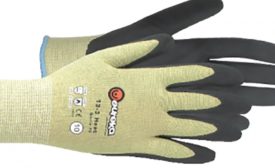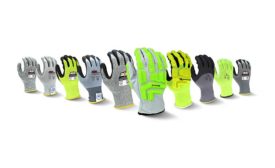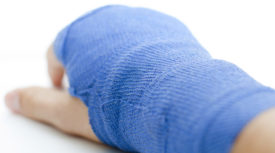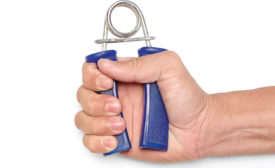Home » safety gloves
Articles Tagged with ''safety gloves''
New fibers & yarns, advanced knitting patterns improve hand protection
A cut above
November 4, 2018
Grip strength is important to safety – and your health
Don’t let your grip slip
November 20, 2017
Never miss the latest news and trends driving the safety industry
eNewsletter | Website | eMagazine
JOIN TODAYCopyright ©2024. All Rights Reserved BNP Media.
Design, CMS, Hosting & Web Development :: ePublishing










